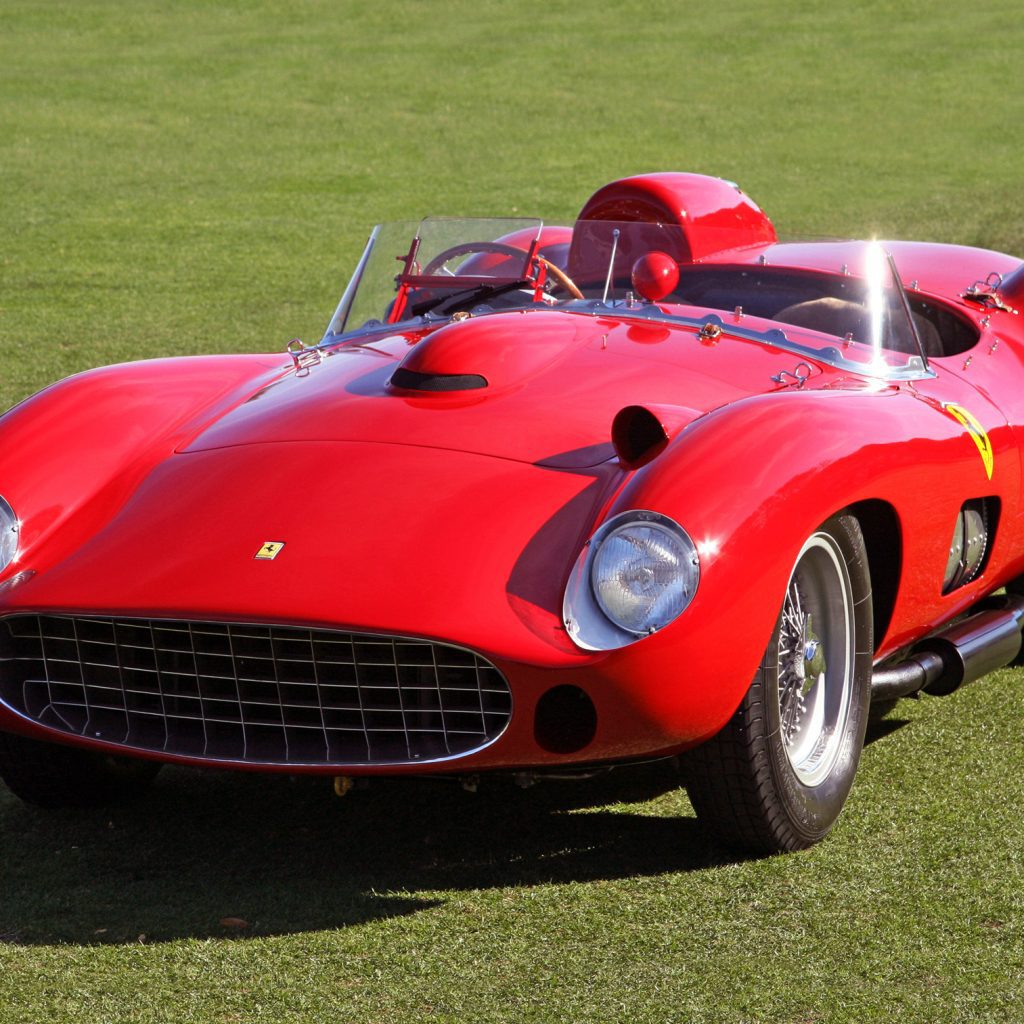
The GTC4Lusso is a strange kind of Ferrari. The latest in a long line of front-engined Ferrari GT. Hardtop convertibles used to be a common sight – even popular hatchback models like the Ford Focus and Renault Megane got in on the action – offering all the roof-down. The best used hardtop convertibles 2023.We have used prices for 1 version of this car £82,420 - £126,455 Get used prices Ferrari Portofino Convertible (2018 - 2020) Used Prices.The front wheels were 5.5 inches wide, while the rear wheels were seven inches wide, both supplied by Borrani and fitted with Dunlop Racing tires (via Ferrari). All of them were positioned inboard of each other. Four-wheel disc brakes from Dunlop were used. Each sill was fitted with a 65-liter gasoline tank, resulting in a total capacity of 130 liters.

Double wishbones, coil springs, telescopic dampers, and anti-roll bars were used to provide independent suspension for all four corners of the vehicle. Compared to the front, the rear track was 10 millimeters shorter. The vehicle's wheelbase was 2,400 millimeters. In order to create a semi-monocoque chassis, the 250 P's brand-new Tipo 564 tubular steel chassis had strained aluminum sheets welded in place. Ferrari built the ideal Prototype racing vehicle of its day by combining the mid-engined layout with its strongest competitive V12 engine, and the result was the 250 P. It was thought that the final front V12-engined Testa Rossa (the unique 330 TRI/LM) would still be the quickest vehicle at high-speed races like Le Mans. However, these early vehicles were powered by V6 and V8 engines. Although it lacks the advanced undertray design and aerodynamic finesse of later Ferraris, this is a vehicle engineered for stability up to its maximum speed.ĭuring 19, Scuderia Ferrari successfully raced SP versions with mid-engines. The car's purpose and capabilities were accurately conveyed via these visual cues.
#Older ferrari models driver
Front air dam with massive lights capable of lighting a dusty, rainy, or dark racecourse high-mounted side mirrors to give driver clear view over and around the large wheel blisters and a highly aggressive Kamm tail suggestive of stability at extremely high speed were among the most noticeable styling details. The GTO, had its little V8 positioned longitudinally behind the cabin, making the transaxle visible to anybody standing behind the car's rear bumper. Indeed, it was an entirely distinct vehicle, with little resemblance to the two pure streetcars in terms of size or weight (via Ferrari).

Although it seems to be a progression of the Berlinetta Boxer and the 308 in style, the GTO is, in fact, a completely new design. To hit 60 mph in less than five seconds and achieve a conservatively estimated high speed of 189 mph, the 1984 GTO had a 400-horsepower (140 bhp per liter) twin-turbocharged V8 engine. GT sports car racing in the golden period was a notable triumph for this model.

The F355 was seven seconds quicker around the Fiorano test track than the earlier 348 because of improved suspension and greater available power. New electronic dampers were installed, calculating the vehicle's speed, braking pressure, suspension load, and steering input. New five-valve cylinder heads and lighter engine components like titanium connecting rods and forged alloy pistons allowed this to be accomplished.A major goal of the 348's engineers was to enhance the car's grip at the limit of adhesion, and this was one area where the Ferraris excelled. With 380bhp at 8250rpm and a displacement of 3496cc, it was one of the most powerful naturally aspirated engines on the market. Flat-plane crank V8s were used in all F355s, positioned longitudinally in the middle of the vehicle. There were two models of F355: the Berlinetta coupe and the GTS with the detachable metal top, which could be stored in the car's front trunk. The 25 percent boost in horsepower, as well as Pininfarina's elegant style, were widely praised by the press. The F355 was a huge success: its whole body undertray was emphasized as a performance standard upon debut, and orders poured in quicker than Ferrari could satisfy them.


 0 kommentar(er)
0 kommentar(er)
